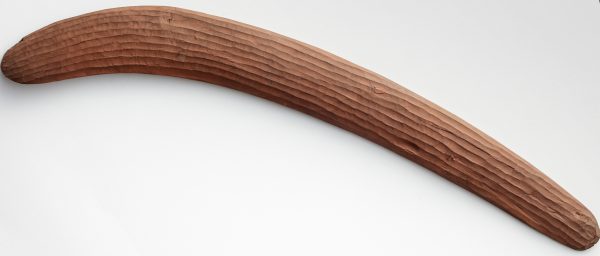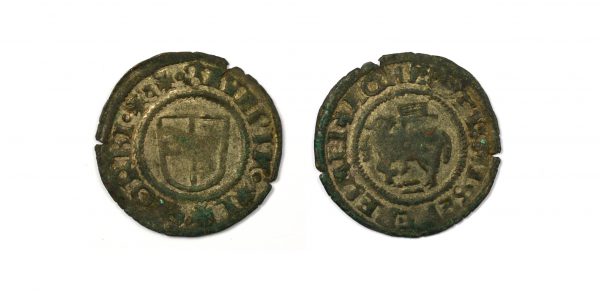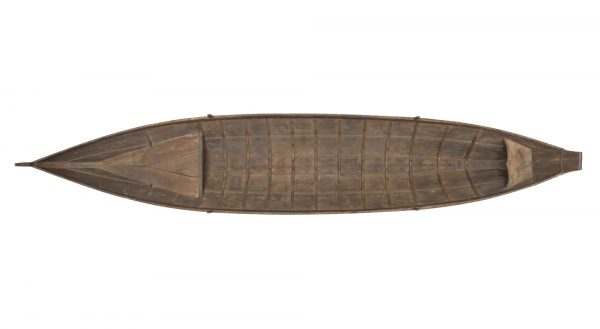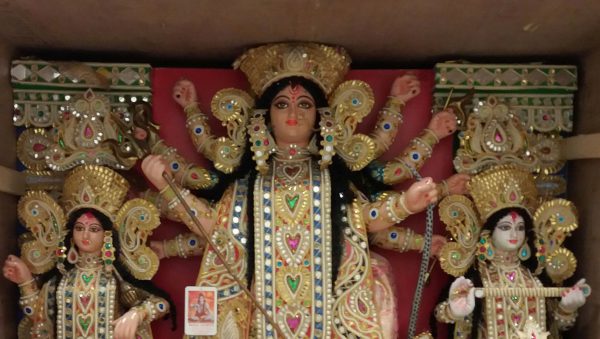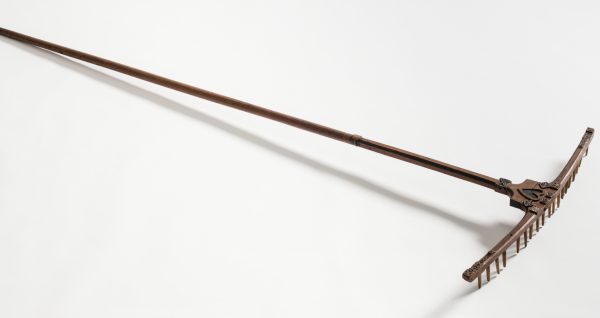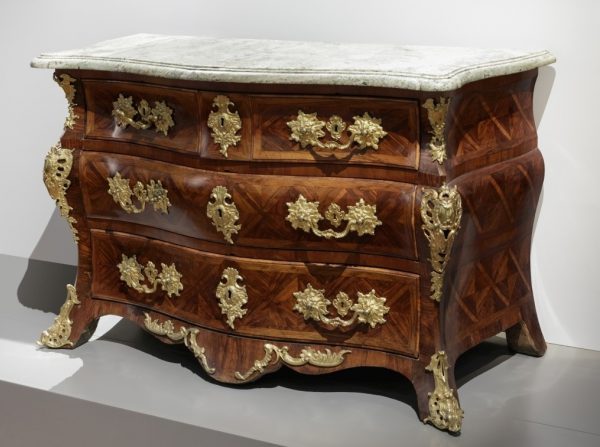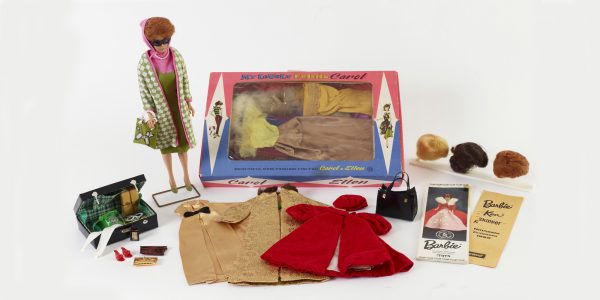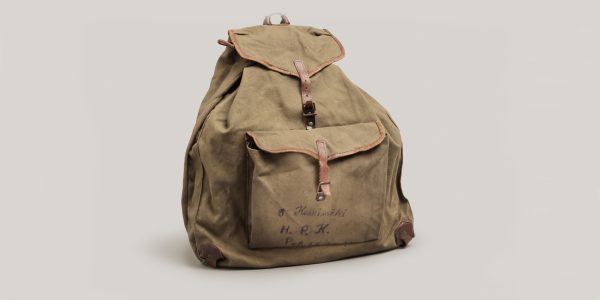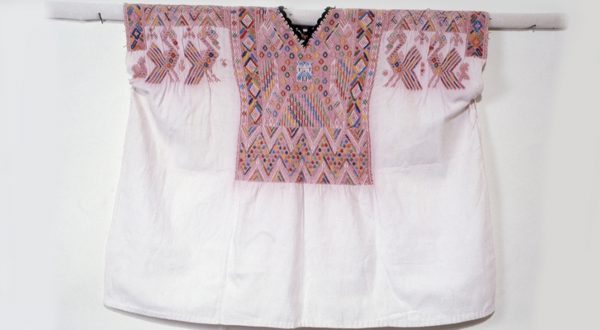Danish Admiral Søren Norby’s skilling from Kuusisto
Object of the Month - November 2018
As the Danish attacked Finland in 1522, the country’s last Catholic bishop Arvid Kurki was forced to flee Kuusisto Bishop’s Castle to his unfortunate demise. In the aftermath of the Danish conquests, Christian II of Denmark enfeoffed Kuusisto Castle to his admiral, Søren (Severin) Norby, in July 1522. However, Norby did not get to enjoy the beautiful vistas of Kuusisto for long, as the Swedes pushed the Danes out of the region and retook the castle in August 1523.
Archaeological excavations at Kuusisto Castle have revealed a total of 300 coins. This number includes 14 silver skillings in the Gotlander style. Three types of these coins are known: in the most common one, which is still very rare, the legend features the marking )( instead of the master of mint’s initials, while the second most common includes the letter S as the identifier of Visby’s Master of Mint Hans Seyer. The rarest type bears the letter L to indicate Master of Mint Leinhart Pauwermann. As many as 11 of the coins discovered in Kuusisto Castle were minted by Leinhart. Both archaeologists and numismatists find this highly exceptional, despite Norby being the liege of Kuusisto Castle.
Then, a letter from Hans Moller to Leinhart Pauwermann, which was dated 3 September 1522 and signed in Turku, was uncovered in an archive in Tallinn. Of exceptional interest was Leinhart’s address on the letter: ‘up Cust’ – Kuusisto. The letter was irrefutable proof that Mint Master Pauwermann worked under Norby at Kuusisto Castle. This shed some light on why an unusually large number of the extremely rare Gotlander-style coins had been found at this castle specifically. Together with the coin discoveries, the letter demolished the false notion that coins were only minted in Turku in the Middle Ages.
Once the Swedes had driven the Danes out of Finland, Leinhart became the master of mint at Turku Castle and began to produce öre coins for Gustav I of Sweden, who had initiated minting operations simultaneously in Turku, Uppsala, Arboga, Västerås and Stockholm, in order to free Sweden from Danish political and economic influence. By comparing the skillings minted by Norby at Kuusisto Castle and the öres produced in Turku in 1523, it has been found that the same punches were most likely used to make the dies for both coins. In other words, Leinhart brought the tools he used in Kuusisto with him to Turku. After 1524, minting operations in Turku ended for some time, which led to Leinhart moving to Tallinn. This explains why the conclusive letter was discovered there.
The minting activities at Kuusisto Castle are proof that, to this day, much remains to be discovered in the field of numismatics, as well as other areas of historical research – even things that are extremely significant in terms of state history. Originally, the Norby skillings found in the Kuusisto Castle excavations were regarded as nothing more than a concentration of rare Gotland-style coins. Now, they tell the tale of minting in Medieval Finland, the Reformation, the dissolution of the Kalmar Union, and the power struggle between Denmark and Sweden, in which Finland played its own role.
Jani Oravisjärvi
